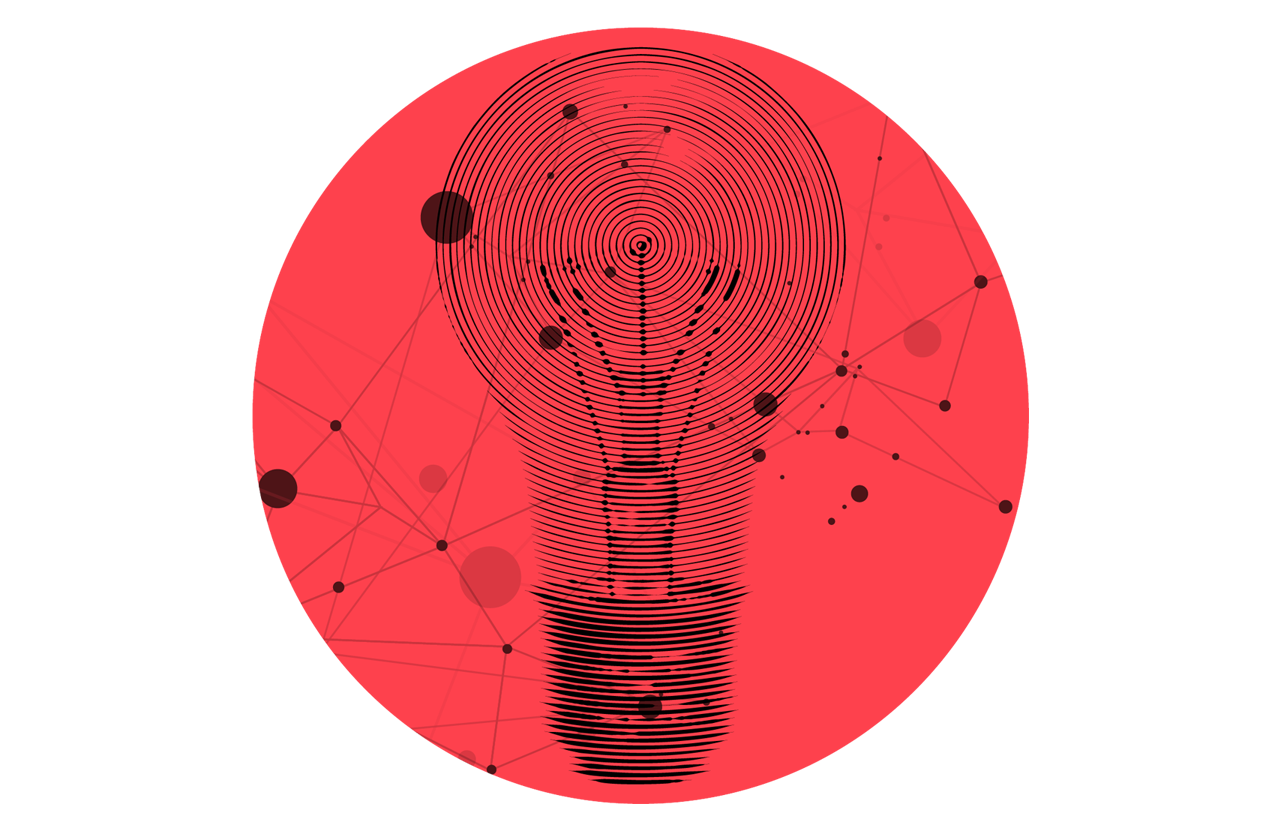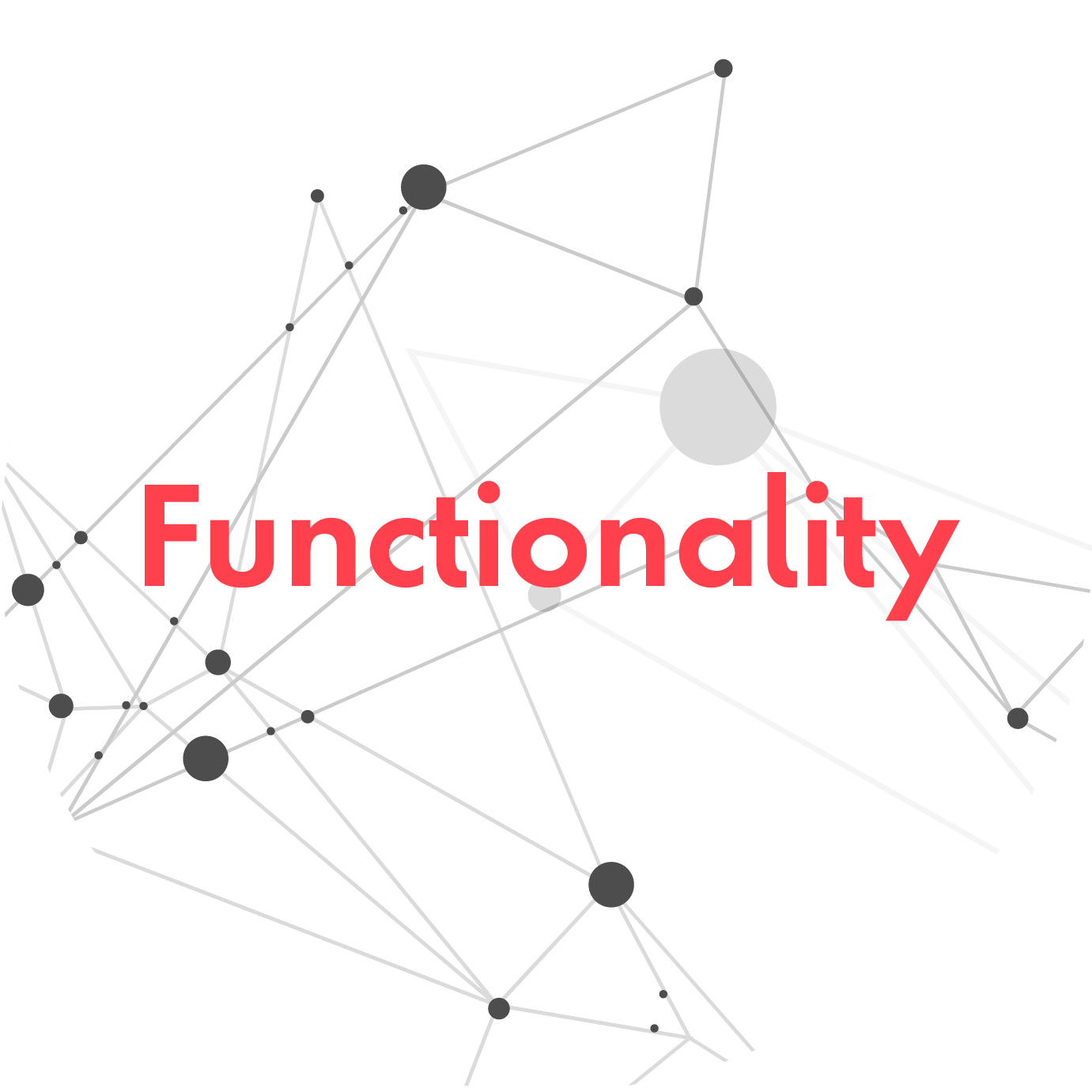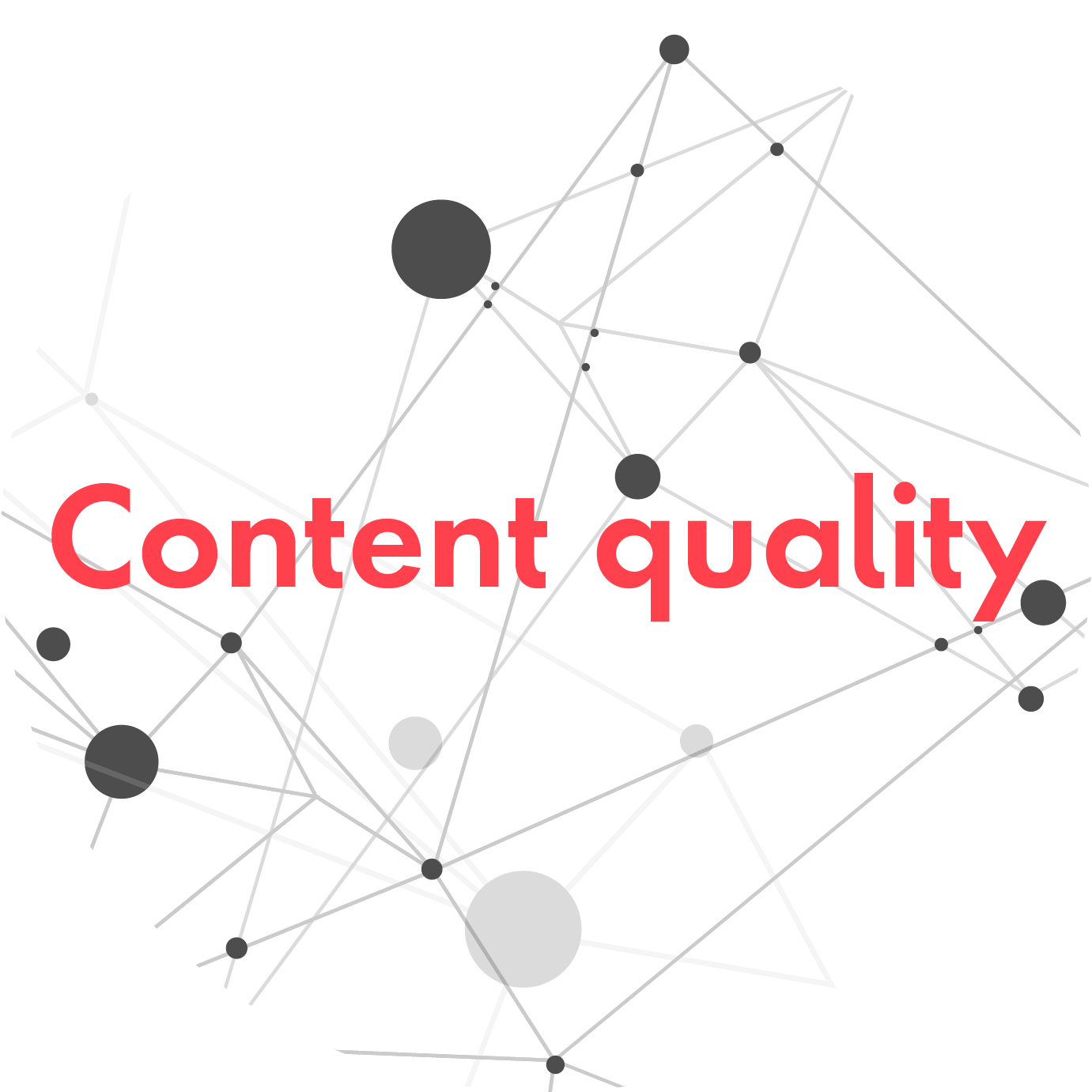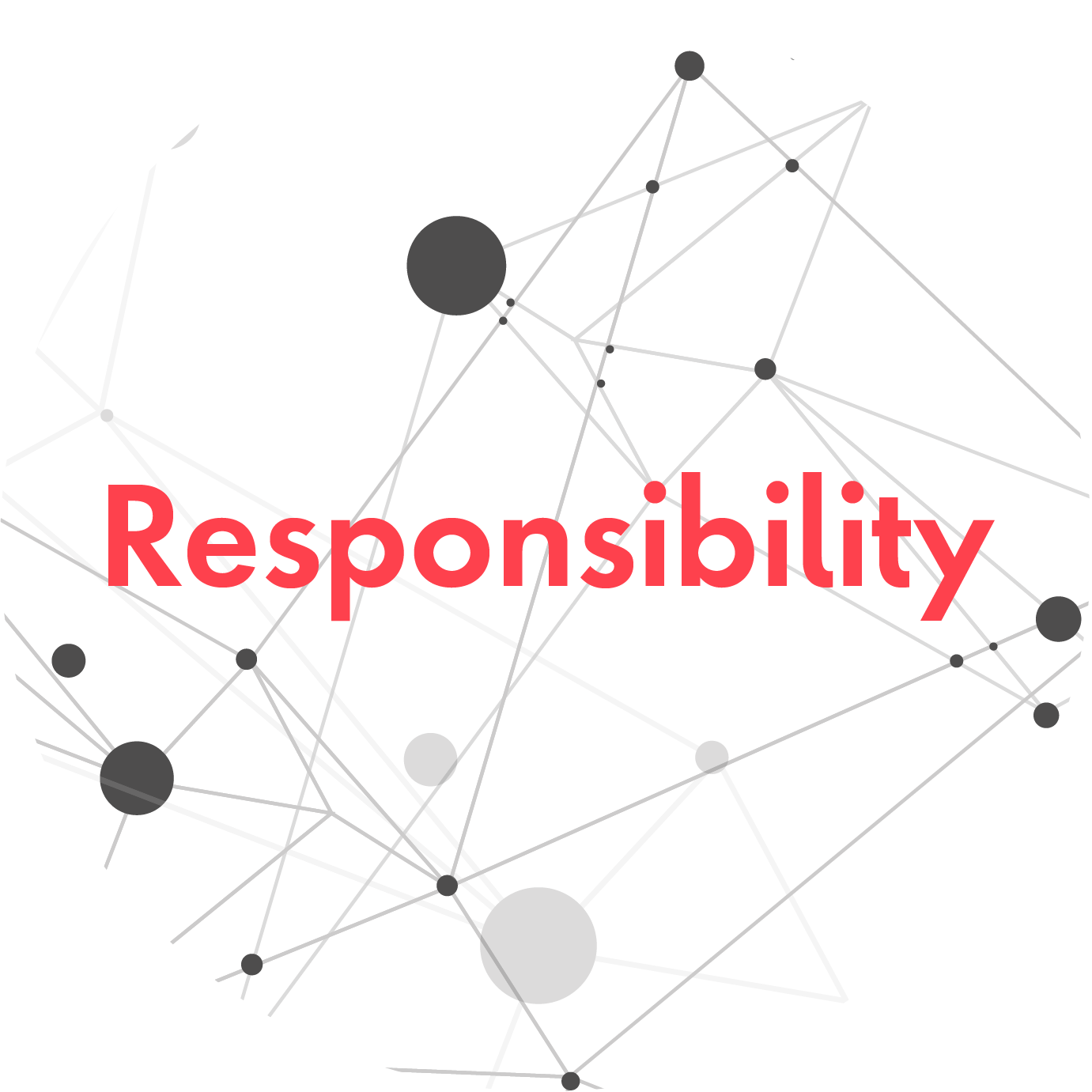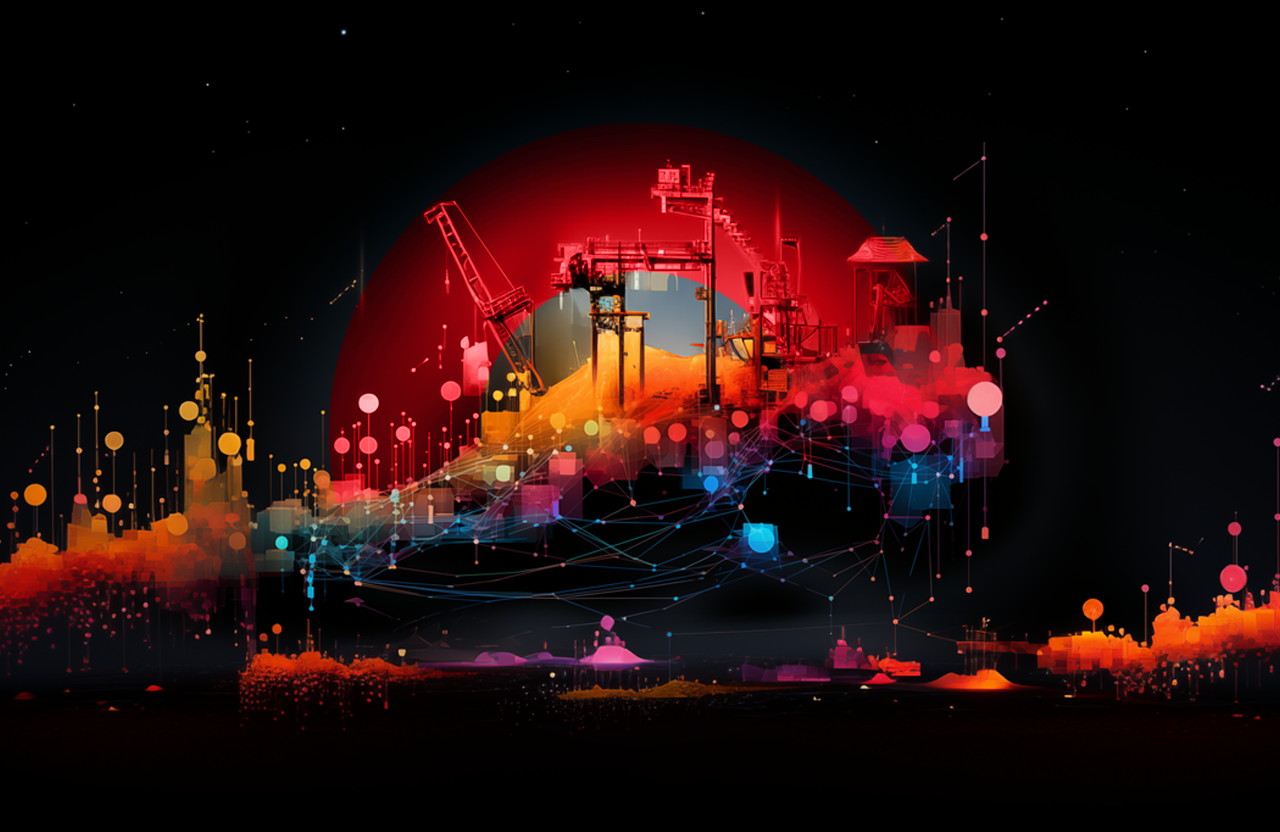3. How will this impact the energy and commodities workforce?
Generative AI will transform the connected worker experience and thereby improve workforce efficiency, particularly for corporate functions such as sales, marketing and financial operations.
By Publicis Sapient’s estimate, generative AI may improve the efficiency of tactical back-office activities and reduce approximately 10-30 percent of corporate costs through automation of tasks like data cleansing, data validation, research/planning and drafting. These core tasks can augment or displace certain corporate functional activities, significantly reducing the number of labor hours required.
Displaced jobs may be offset by new technology-driven roles, or “AI Complements,” that focus on strategic value-creation activities such as designing innovative crop cultivation or troubleshooting refineries. The resulting productivity gains could increase GDP by seven percent over 10 years.
How will generative AI help mitigate energy and commodities workforce attrition?
More specifically, generative AI can help mitigate workforce attrition and the resulting brain drain within the industry by codifying and institutionalizing existing knowledge and organizational best practices. Over the next decade, energy and commodities sectors will face a significant portion of the workforce retiring and aging. For example, approximately 27 percent of oil and gas laborers are currently over the age of 55, and the age of agricultural laborers increased by eight percent since 2018.
As energy and commodities sectors continue to manage this ongoing brain drain, generative AI can help upskill early-career professionals and therefore reduce the learning curve and accelerate an individual’s ability to generate value for the organization.



